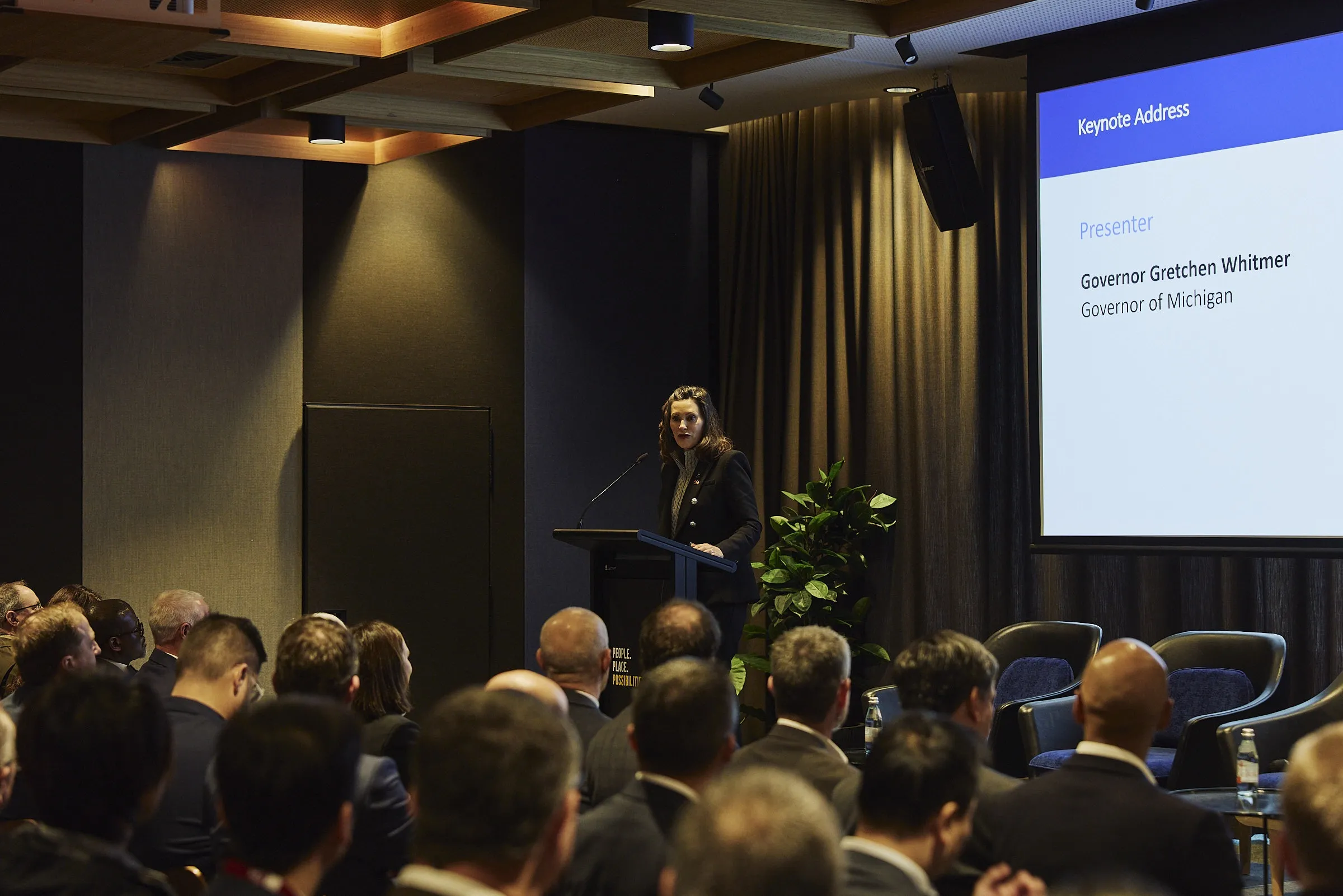
Researchers at La Trobe University in Melbourne, Australia, are trialling a connected motorcycle system that delivers real-time alerts to riders about immediate road hazards.
The technology provides early warnings tailored to the motorcyclist's perspective.
These include alerts about slippery surfaces, traffic congestion, potential collisions with cars at risky intersections and many other dangerous situations, giving riders time to respond safely. La Trobe is part of Australia’s Innovative Research Universities group.
C-ITS ecosystem
The Connected Motorcycle Pilot programme uses a system that enhances riders’ awareness of hazards that may be difficult to detect with the human eye.
It is designed to operate within the broader cooperative ITS (C-ITS) ecosystem, which shares real-time safety messages between vehicles, roadside infrastructure and traffic control systems.
La Trobe researchers integrated C-ITS in motorcycles and worked alongside the motorcycle industry and riders to develop technologies that can deliver the warnings. These include alerts sent to riders in smart helmets, augmented reality glasses, haptic wristbands and LED lights.
For the first time globally, these prototypes were tested at scale with riders, evaluating the technical performance, the desirability by riders and the impact on their behaviour.
The technology was demonstrated by motorcyclists for project collaborators and 50 motorcycle riders at the Toyota Centre of Excellence – Autodrome in Altona North, a suburb of Melbourne, in the state of Victoria.
The project was initiated and funded by the Department of Transport and Main Roads in the state of Queensland and the Victorian Transport Accident Commission.
It is facilitated and funded by the national centre for transport and mobility R&D iMove Australia as part of the federal government’s CRC Programme.
Motorcyclist crash deaths
While motorcyclists make up just 0.7% of total vehicle kilometres travelled in Australia, they represent about 20% of all road crash deaths.
In 2024, 278 motorcyclists died on Australian roads – a 10.3% increase on the 252 deaths in 2023 and the deadliest year for motorcycle deaths since 1989.
The researchers from the La Trobe Centre for Technology Infusion worked with close to 1,000 motorcyclists, international motorcycle consortiums - including the world’s biggest motorcycle companies - and the Queensland and Victorian governments to gather data and develop the prototype early warning system.
More than 90 riders have also tested the alert system in simulated conditions at the Autodrome, exposing them to six road hazard situations and sending warnings to help them prepare for, and avoid, the danger, in the world’s largest test of the C-ITS system for motorcycles.
Project lead Erik van Vulpen, deputy director of the Centre for Technology Infusion, said that while C-ITS was being used globally for cars, the technology had huge potential to make roads safer for motorcyclists.
Connectivity opportunity
“This is the first time such an elaborate, collaborative effort has been made to understand how to make this technology work for motorcyclists,” he said.
“We have collected valuable data about reaction distance and times, braking, vehicle speed, throttle position and brake light sensor to help determine the system’s effectiveness and its usefulness to riders.”
Ian Christensen, managing director of iMove Australia, said connectivity presents an opportunity to significantly increase safety on our roads if implemented correctly.
“This detailed investigation takes a comprehensive approach to evaluating C-ITS tech for motorcycle safety and will create an important evidence-base to progress the use of C-ITS for this important purpose in the future.”
Tracey Slatter, chief executive of Australia’s Traffic Accident Commission, said: “This pilot is a great example of the potential that technology can play in keeping riders safe.”








